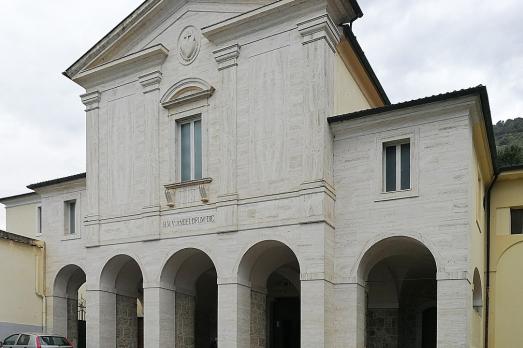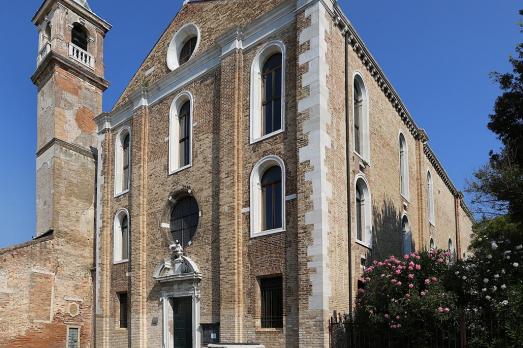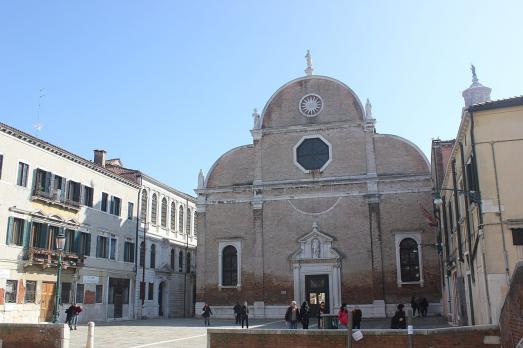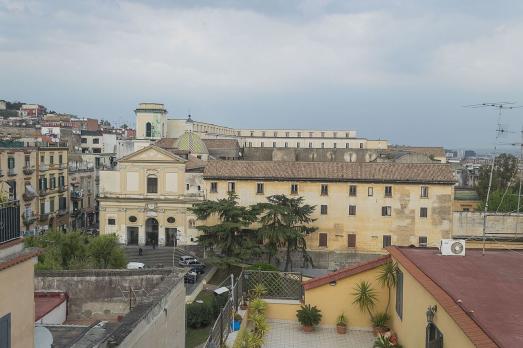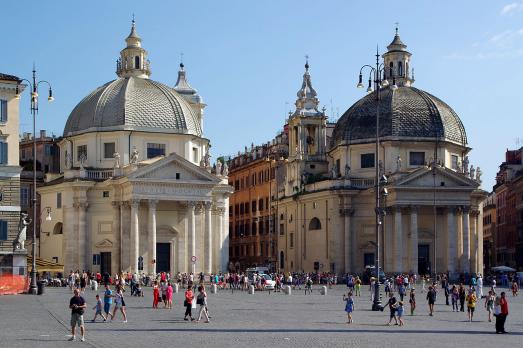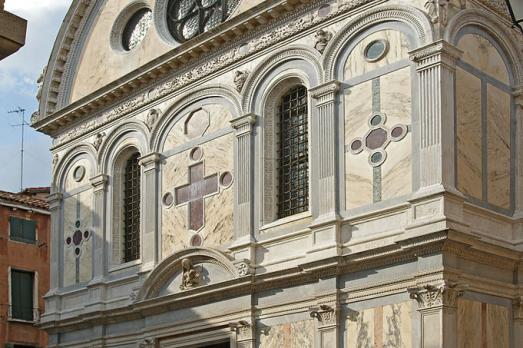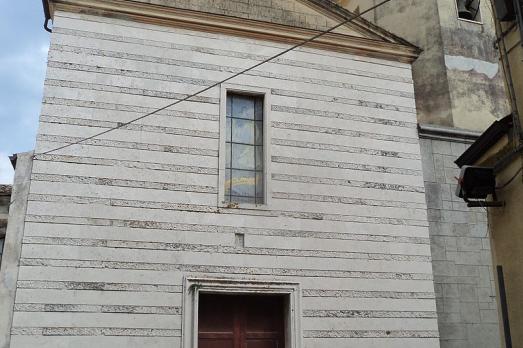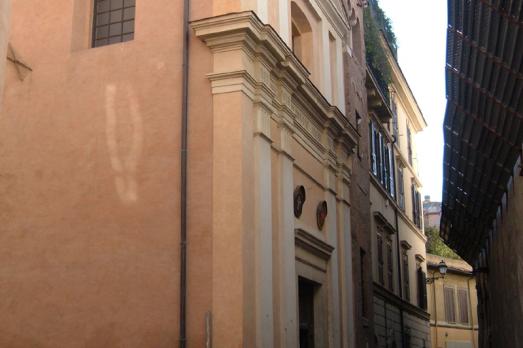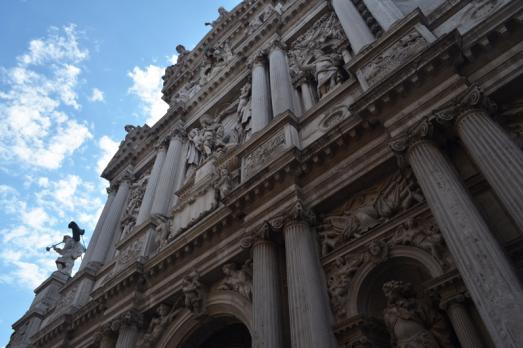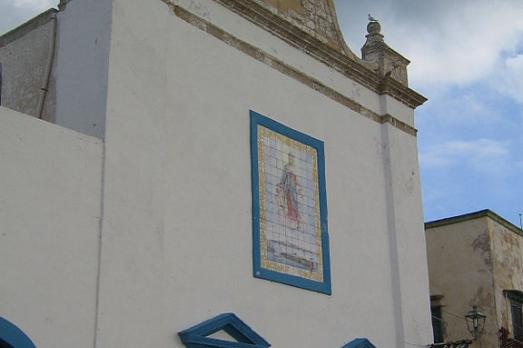
Chiesa di Santa Maria degli Angeli
Gallipoli, IT
The church of Santa Maria degli Angeli was built in the second half of the 17th century. The church was entrusted in 1662 to the confraternity of the same name. The simple façade, finished with a low gable, has two gabled entrance portals. In the centre is a large maiolica panel depicting the Madonna of the Angels with the lighthouse of the island of Sant'Andrea and the rocks of Campo and Piccioni in the background.
